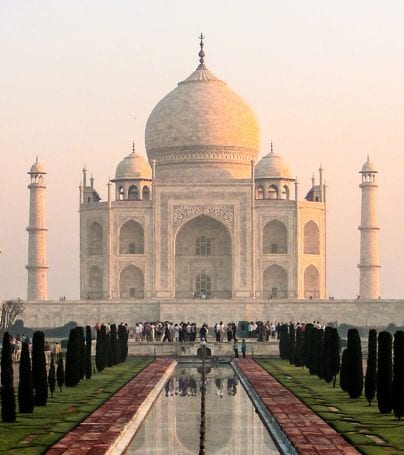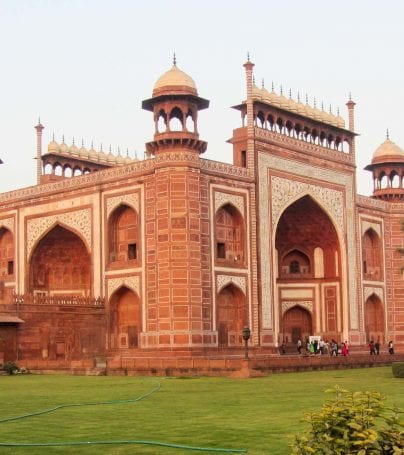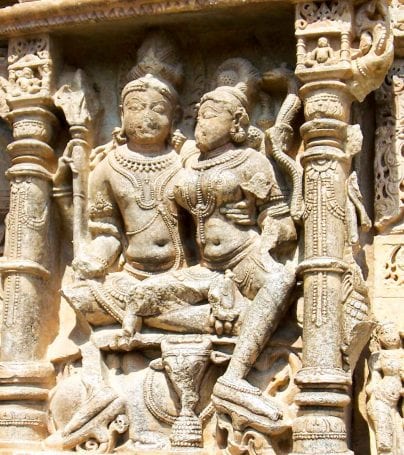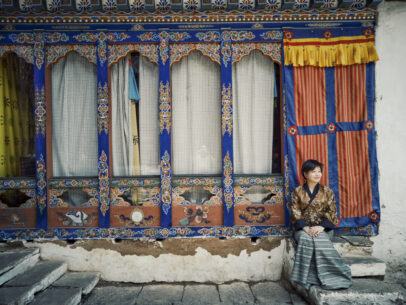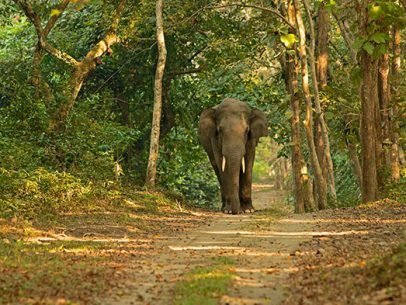Humayun’s Tomb Adventure Tours
Humayun’s tomb is a complex of buildings built as the Mughal Emperor Humayun’s tomb, commissioned by Humayun’s wife Hamida Banu Begum in 1562 CE, and designed by Mirak Mirza Ghiyath, a Persian architect. It was the first garden-tomb on the Indian subcontinent, and is located in Nizamuddin East, Delhi, India, close to the Dina-panah citadel also known as Purana Qila, that Humayun founded in 1533. It was also the first structure to use red sandstone at such a scale. The complex was declared a UNESCO World Heritage Site in 1993, and since then has undergone extensive restoration work, which is still underway. The complex encompasses the main tomb of the Emperor Humayun, which houses the graves of his wife, Hamida Begum, and also Dara Shikoh, son of the later Emperor Shah Jahan, as well as numerous other subsequent Mughals, including Emperor Jahandar Shah, Farrukhsiyar, Rafi Ul-Darjat, Rafi Ud-Daulat and Alamgir II. It represented a leap in Mughal architecture, and together with its accomplished Charbagh garden, typical of Persian gardens, but never seen before in India, it set a precedent for subsequent Mughal architecture. It is seen as a clear departure from the fairly modest mausoleum of his father, the first Mughal Emperor, Babur, called Bagh-e Babur (Gardens of Babur) in Kabul (Afghanistan). Though the latter was the first Emperor to start the tradition of being buried in a paradise garden. Modelled on Gur-e Amir, the tomb of his ancestor and Asia’s conqueror Timur in Samarkand, it created a precedent for future Mughal architecture of royal mausolea, which reached its zenith with the Taj Mahal, at Agra.
Customize Your Dream Adventure
We are here to help craft tailor-made adventures for individuals, couples, families, and groups of explorers.



